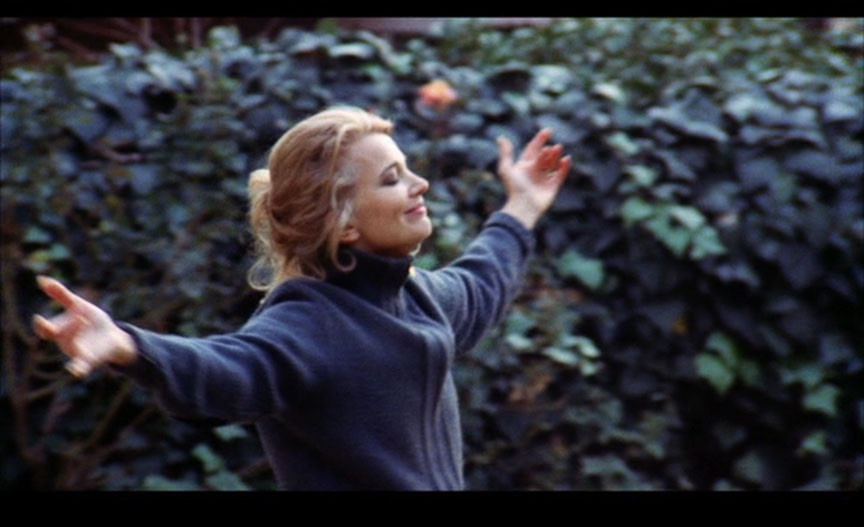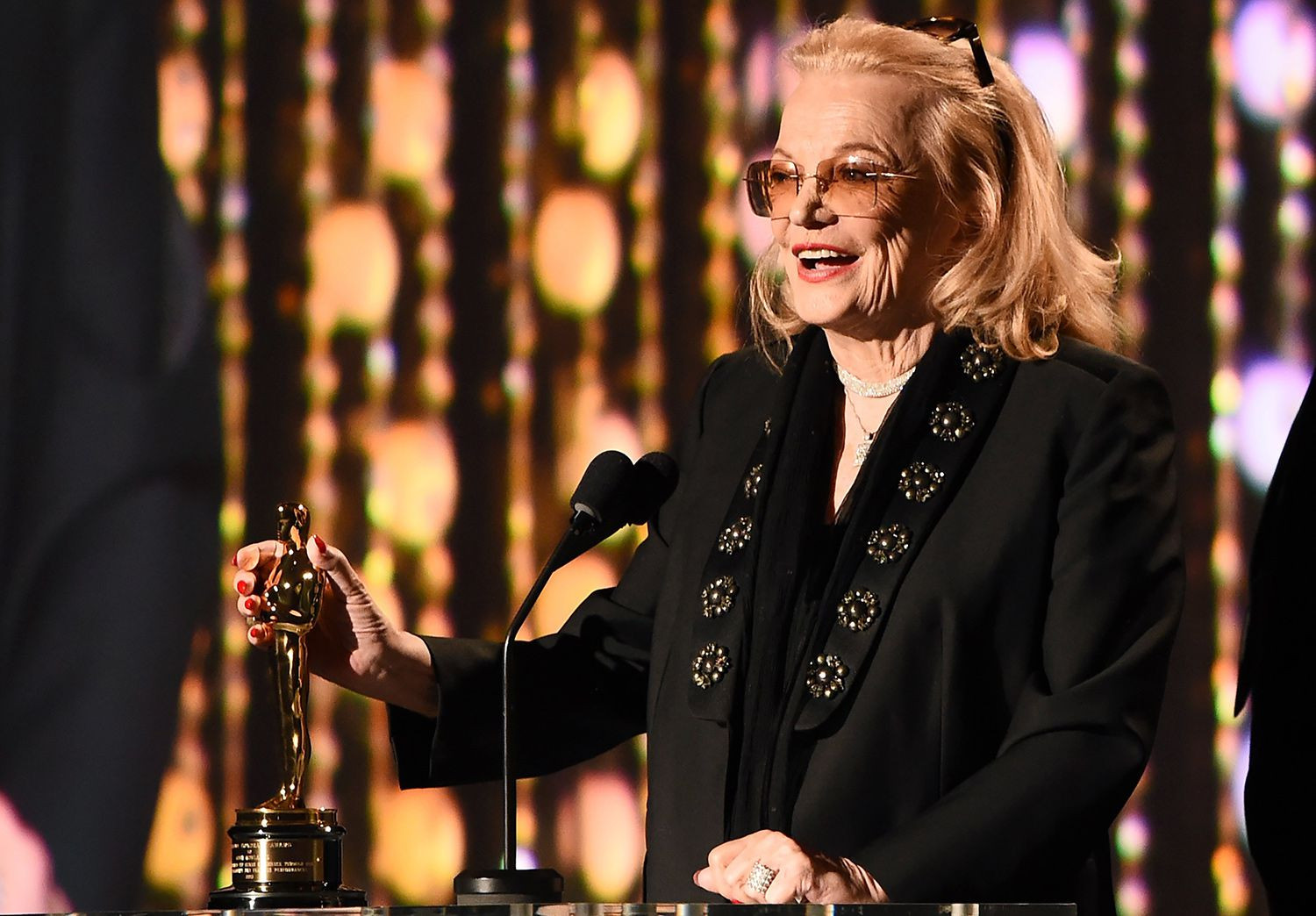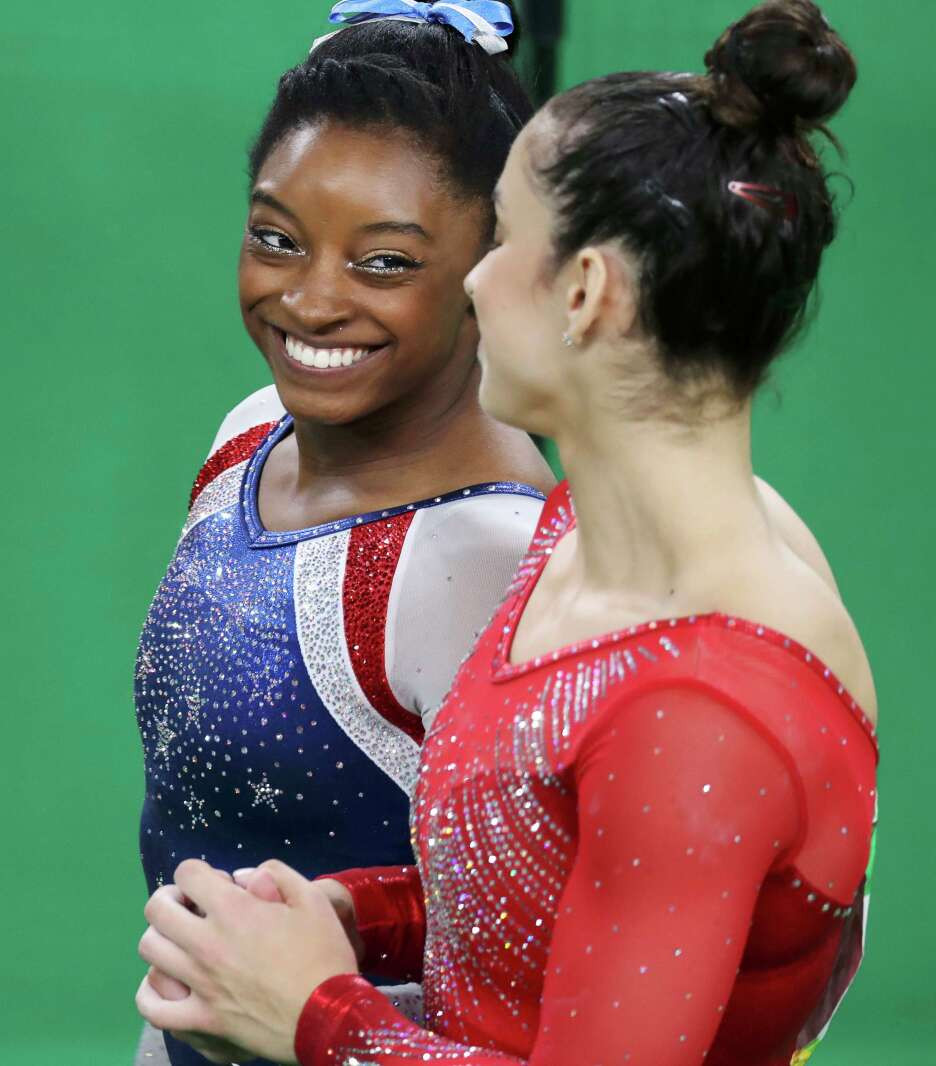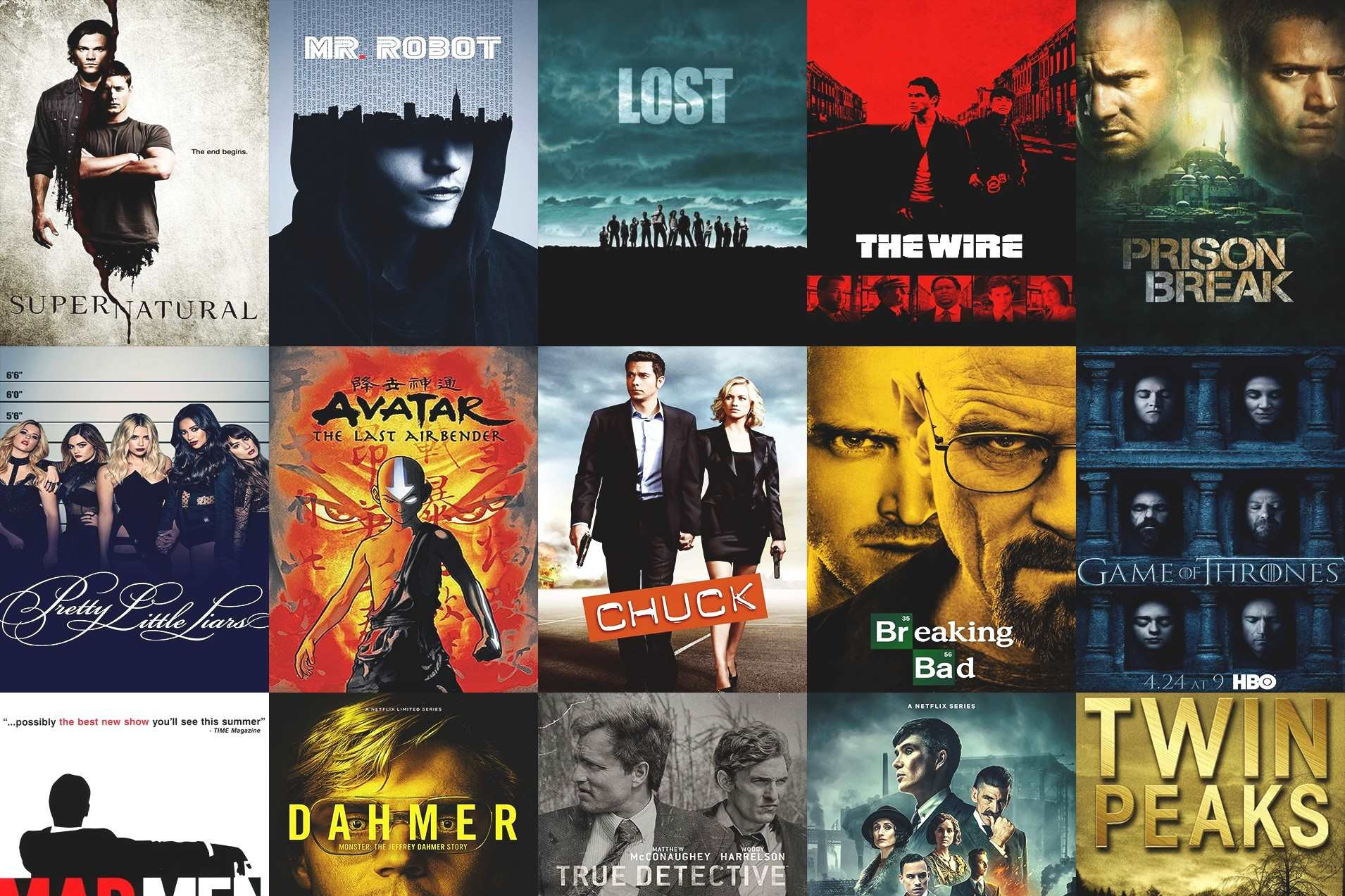Gena Rowlands, the intense, elegant dramatic actress who, often in collaboration with her husband, John Cassavetes, starred in a series of introspective independent films, has died. She was 94.
The death was confirmed on Wednesday night by the office of Daniel Greenberg, a representative for Ms. Rowlands’s son, the director Nick Cassavetes. The office did not say where or when she died or cite a cause. In June, Ms. Rowlands’s family said that she had been living with Alzheimer’s disease for five years.
Ms. Rowlands, who often played intoxicated, deranged or otherwise on-the-verge characters, was nominated twice for best actress Oscars in performances directed by John Cassavetes. The first was the title role in “A Woman Under the Influence” (1974), in which her desperate, insecure character is institutionalized by her blue-collar husband (Peter Falk) because he doesn’t know what else to do. The critic Roger Ebert wrote in The Chicago Sun-Times that Ms. Rowlands was “so touchingly vulnerable to every kind of influence around her that we don’t want to tap her because she might fall apart.”
Her second nomination was for “Gloria” (1980), in which she starred as a gangster’s moll on the run with an orphaned boy.
But it was “Faces” (1968), in which she starred as a young prostitute opposite John Marley, that first brought the Cassavetes-Rowlands partnership to moviegoers’ wider attention. Critics spread the word: Renata Adler described the film in The New York Times as “a really important movie” about “the way things are,” and Mr. Ebert called it “astonishing.”
A Legacy of Collaboration
The celebrated actress was both muse and motor for her husband John Cassavetes — half of an artistic partnership that would help transform American cinema.
Not only did the two make several masterpieces together, among them Faces, A Woman Under the Influence and Opening Night. They managed to create a whole body of deeply personal features — shot completely outside of the studio system and often inside their own family home in the Hollywood Hills — that would usher in the era of what we now call “independent film.”
Surely, there had been some memorable director-actress duos before them, mostly in Europe: Roberto Rossellini and Ingrid Bergman, Federico Fellini and Giulietta Masina, Jean-Luc Godard and Anna Karina, Michelangelo Antonioni and Monica Vitti. But in those cases, which definitely yielded their share of masterpieces as well, the director was the auteur and the actress his muse. But she wasn’t, per se, a collaborator.
Rowlands’ role in the films of her husband was something totally new — something that, when we reflect on it decades later, and upon the actress’ death Wednesday at age 94, seems downright revolutionary now. A collaborator in front of and behind the camera, Rowlands was both muse and motor for Cassavetes. She was the veritable raison d’être for many of his greatest movies, which were written and directed for her to star in, and which were often inspired by the life the two shared during their 35 years of marriage.
Where that life ended and the art began was never fully clear. One constantly shaped the other, to the extent that their films — with the exception of the fun and femme-centric mob thriller, Gloria — often feel less like movies than home movies. In all of them, Rowlands played characters in the throes of loving if tumultuous relationships, characters who had a hard time separating the personal from the professional, who tried to be good spouses and mothers while also trying to be free and honest women.
A Life in the Spotlight
Just like her husband, whom Rowland met when the two were still students at New York’s American Academy of Dramatic Arts in the early 50s, the actress got her start in repertory theatre and the exploding medium of television, featuring in episodes of Top Secret and Goodyear Television Playhouse. Blonde, beautiful and from a prominent Midwestern family — her father, Edwin Rowlands, was a state senator who later worked in D.C. for the Department of Agriculture — she could have followed in the footsteps of Grace Kelly, Kim Novak, Doris Day or any number of actresses whose careers coincided with the last major decade of Hollywood’s classic studio system.
Indeed, with lead roles opposite Kirk Douglas in Lonely Are the Brave and Rock Hudson in The Spiral Road, both of which were released in 1962, Rowlands seemed to be on that path. But she wound up taking a different one, accompanying Cassavetes, who was already a successful TV and movie star by then, in his efforts to become a filmmaker while also raising their first child (future director Nick Cassavetes), born in 1959.
After an uncredited role in Shadows, Rowlands’ official screen debut for her husband was in his third feature, A Child Is Waiting, where she starred alongside Judy Garland and Burt Lancaster. It was a conventional effort that Cassavetes altogether disowned upon its release in 1963. But five years later, in their breakthrough, Faces, both director and actress came into their own.
A Pivotal Performance
Less a regular movie than a series of scenes that are so honest and ripe with conflict, they play like high drama torn from the fabric of everyday life, Faces is where Cassavetes homed in on a method he would repeat throughout his other films: writing scenes and characters stolen from his own experiences; working vigorously with an ensemble cast (often including non-professionals) to create each individual role; shooting nonstop to capture every detail of a performance; and using his house as the main set, because there was no other way to get the movie done on such a tiny budget.
Rowlands was the other major part of the formula, and the first time we see her in Faces, just after the main title card, she appears in chiaroscuro black-and-white like a golden age MGM starlet — or like the subject of one of Andy Warhol’s screen tests — while a man makes a kissing sound off-camera. There couldn’t be a more sublime homage from director to actress, or husband to wife, than that single shot, and it would kickstart a collaboration that would span six more features over the next 15 years.
But Rowlands is more than just a pretty face in Faces. She plays a high-priced L.A. call girl unafraid to speak her mind, to show her strengths and weaknesses, her playfulness and ferocity, as she remains subjected to the whims of men who pay for her services, hoping that one of them will perhaps fall in love with her. Rarely in any American film, and certainly any American film before that time, was a prostitute portrayed with such character and vivacity, such disarming truthfulness.
A Legacy of Filmmaking
Beyond semi-regular work on TV, including a recurring role on Peyton Place, Rowlands’ screen roles up until her husband’s death in 1989 were almost exclusively limited to his movies. And those movies were almost entirely built around her, whether she was playing one half of a screwball comedy couple in Minnie and Moskowitz; a Broadway actress haunted by the ghost of a dead girl in Opening Night; or the sister of an alcoholic writer spinning deliriously out of control at the end of his life in the most autobiographical feature of them all: Cassavetes’ final movie, Love Streams.
And then of course, there’s A Woman Under the Influence, which, of all the films the two made together, is the one Rowlands is most remembered for, and deservedly so. (It was also the film for which she received her first of two Oscar nominations — although she didn’t win either and was eventually handed an honorary Oscar in 2015.)
Rowlands’ performance in Influence is arguably the greatest achievement by an actress in an American movie since the 1950s, and it has yet to be equaled. Although neither she nor Cassavetes were members of The Actors Studio — Cassavetes was openly critical of Lee Strasberg and the Method in interviews — Rowlands’ turn is on par with the searing, soul-searching work of Marlon Brando and James Dean at their best.
In fact, the part of Mabel, housewife to ornery construction worker Nick (played by Peter Falk) and mother to three rather unruly kids, was originally written by Cassavetes for the theater. But Rowlands told her husband that playing such a role each night on stage would either kill her or send her to the sanatorium, so the director wound up turning the play into a feature-length film.
A Lasting Impact
It’s easy to see what Rowlands feared. From the first time we see Mabel, she already seems to be losing it, waiting anxiously — very anxiously — for Nick to come home so they can spend a rare night together without the children, who are at her mom’s (played by the actress’ own mother, who went by the screen name of Lady Rowlands). When Nick never shows up, Mabel begins to unravel, and she never stops for the next two and a half hours, oscillating from doting wife and mother to a woman who looks like a deer caught in the headlights, wondering what the hell she’s doing there at all.
Part of the reason is that Mabel drinks too much. Another reason is that Nick is abusive, raising his voice and hitting her when he’s too jealous or otherwise upset by her antics. Another is that Mabel may have bipolar disorder, switching between knee-slapping manic mode and catatonic depression, although such mental illnesses weren’t well-diagnosed back then. The question asked by A Woman Under the Influence is whether a family can survive all of that purely out of the love they have to give to each other.
Rowlands’ performance feels so layered and complete because you can never pin her character down, never totally define her. Mabel is many things at once, as we all are. And she’s so transparently honest, when dealing with her husband or children or mom or herself, that it breaks your heart. She wants to be a good mother and wife, but it’s hard to do that sometimes, especially when the role can feel so demeaning.
Although she acts out most of the time, Mabel is never hurtful or cruel toward those around her, which is characteristic of nearly all the parts Rowlands played for her husband and other directors — whether it was for Woody Allen in the underrated drama Another Woman or for her son Nick Cassavetes in the box office hit The Notebook, probably the actress’ last memorable role.
What touches us so much about Rowlands, both on the screen and perhaps off of it as well, is that she always looked like she was trying to do her best but didn’t necessarily succeed. This is what makes many of her characters feel so vulnerable and real: the way they often wind up failing.
Cassavetes also felt like a failure in his lifetime. For the most part, his films were financially unsuccessful and a nightmare to produce, and he never received the recognition, at least in America, that he felt he deserved. In the director’s run of great movies, Rowlands played women who often channeled that fear and anguish, but also the sense of hope and exuberance that come with trying to make meaningful art. If some of her characters failed, like Mabel did, then at least they failed spectacularly.

















